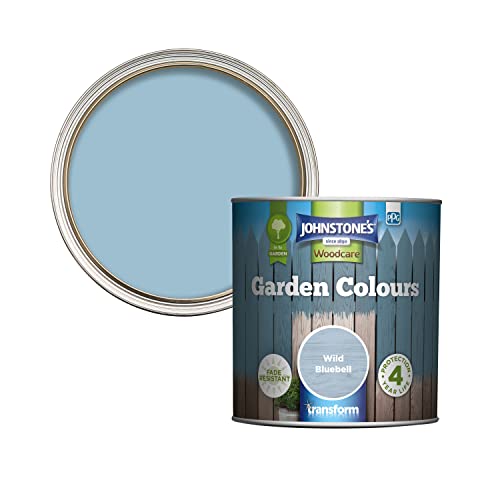How to plan a small garden — 6 expert tips for getting the most out of a tiny space
A step-by-step guide to planning your small space
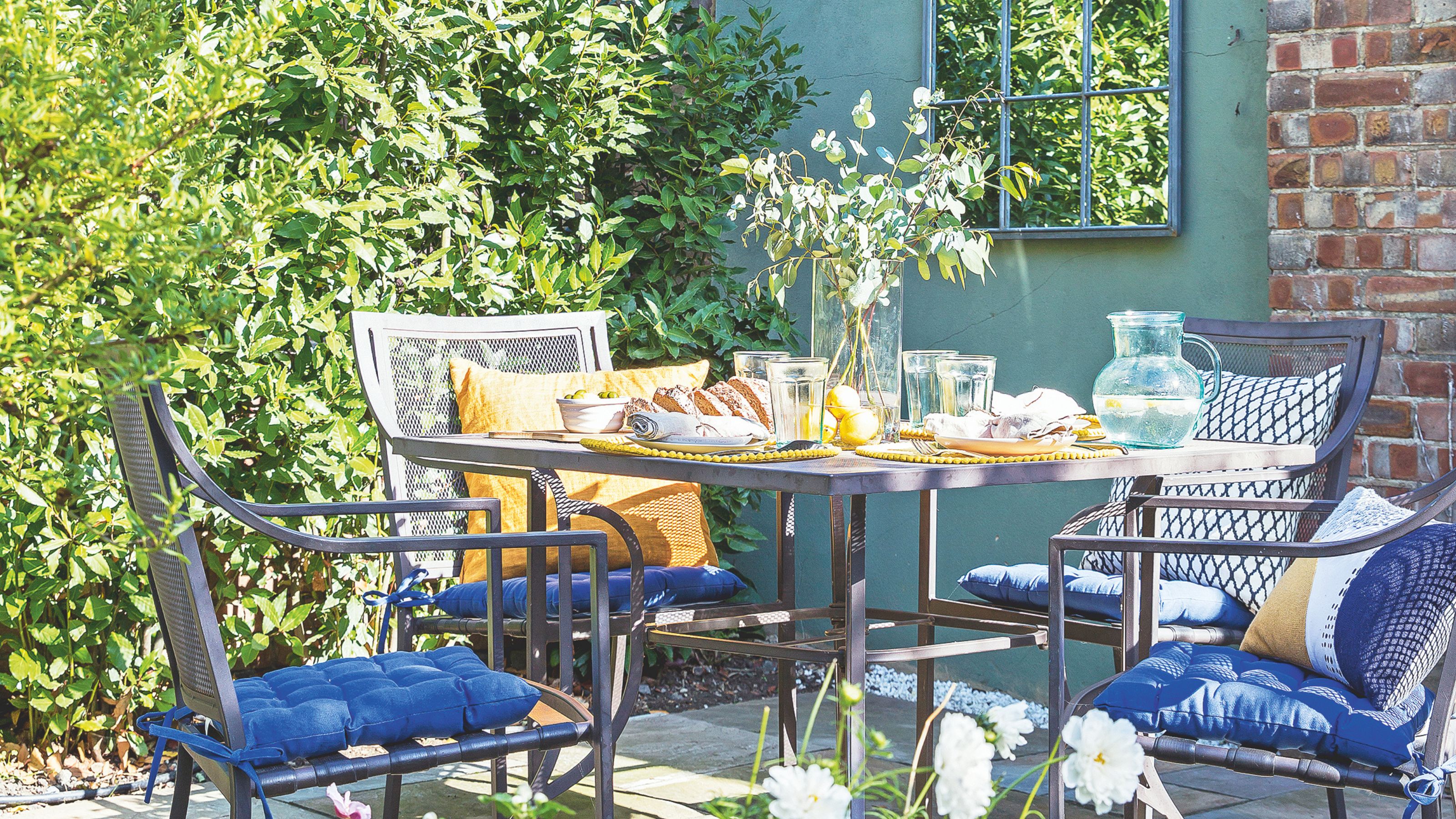
Whether you own a compact courtyard or a petite lawn, learning how to plan a small garden will help you get the most out of your space.
With so many small garden ideas to play with, it can be difficult to know where to start — but first, you'll need to think about which areas you want to dedicate to plants, furniture, dining and any other ways you might want to use your space.
To find out how we can plan a small garden, we've spoken to garden experts and thrown together a step-by-step guide — so you can get started right now.
1. Find the right landscaping balance

When you’re thinking about the overall design of your small garden, it’s important to find the right balance between different landscaping styles.
‘When planning, think about the ratio between planting and hard landscaping,’ says Tom Stimpson, head of horticulture at Sarah Raven and expert small space gardener.
So, how do we find the perfect mix?
‘I’d suggest allowing around half the space for plants and furniture, with the remaining half reserved for gravel, paving or decking,’ Tom advises.
Get the Ideal Home Newsletter
Sign up to our newsletter for style and decor inspiration, house makeovers, project advice and more.
That way, you’ll make the most of your small space without it feeling restrictive or overcrowded.
2. Think about colour
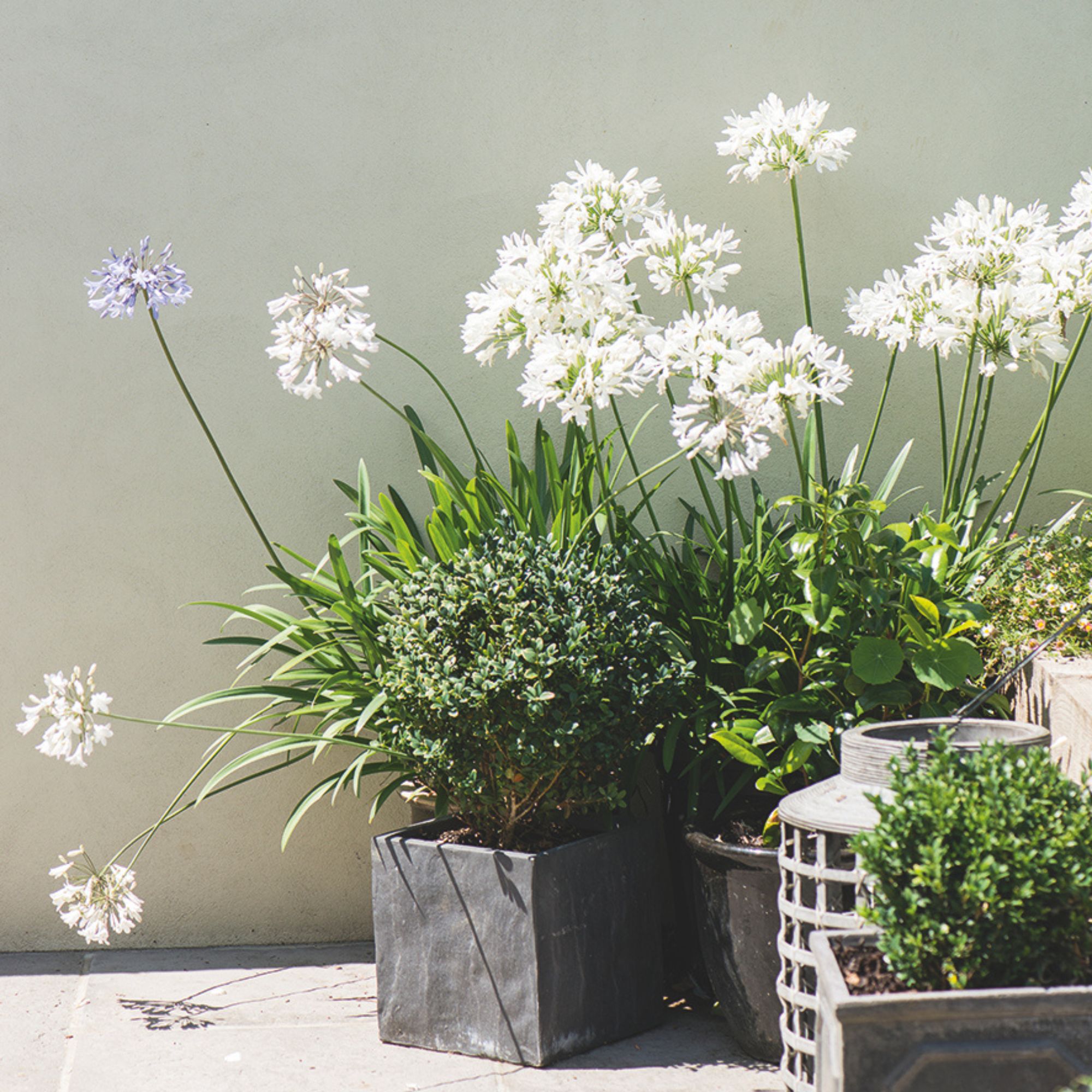
Colour plays a huge role when it comes to learning how to plan a small garden. In fact, the palette you choose can heavily influence how large your space feels.
‘Use cooler colours, such as blues and purples, to make a small garden feel bigger, more coherent, and relaxed,’ says Tom.
There are plenty of garden paint ideas to get your teeth (or brush) stuck into, no matter how tiny your space, but opting for lighter colours can open it up and make it feel more spacious than it really is.
3. Dedicate zones
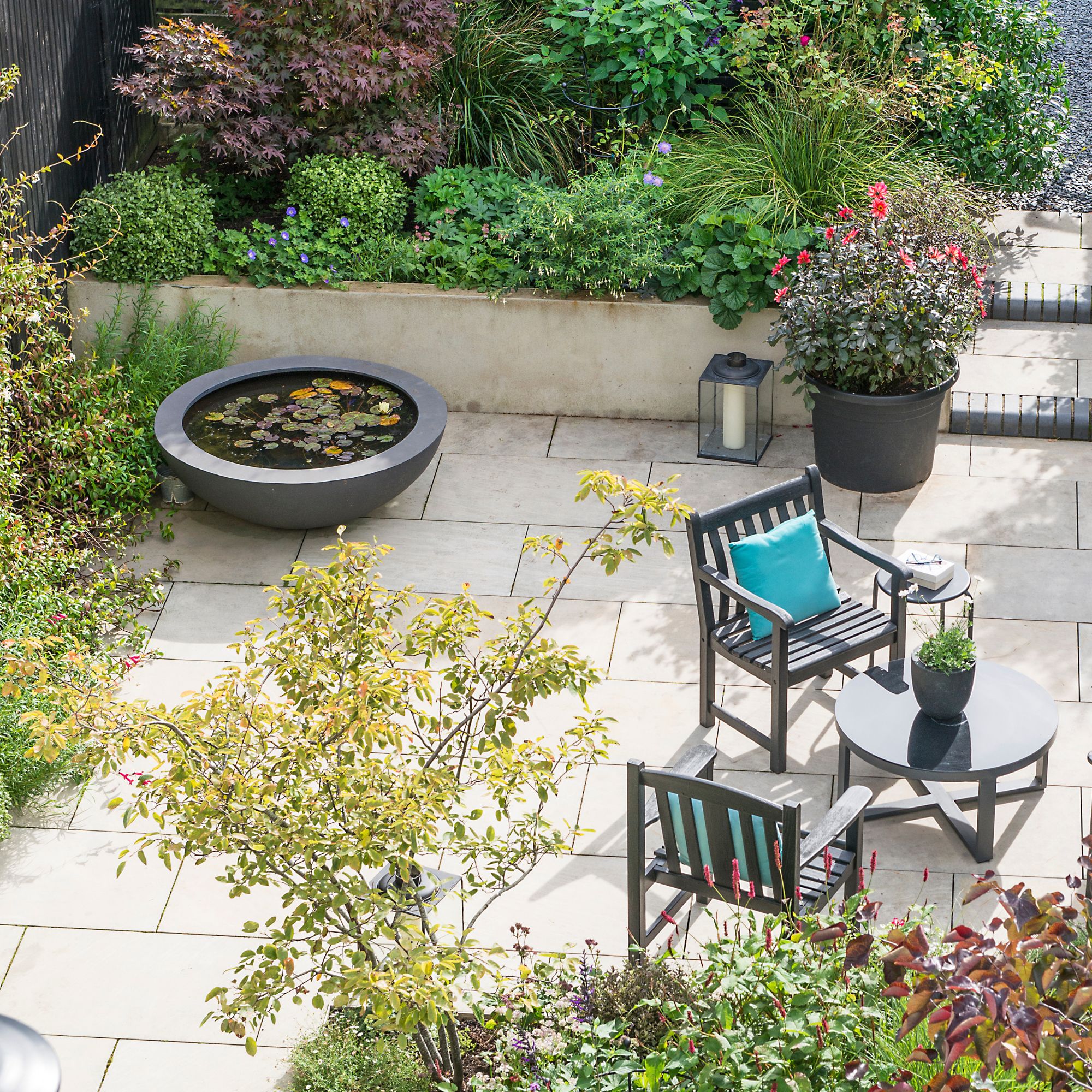
Once you've decided on the colour, visualise what will go where and create 'zones' for various garden activities. Having separate zones will help your small garden feel bigger and you won't feel restricted in what you can use it for.
There could be a dining zone, a relaxing zone, and a play zone for the children, and you don't need loads of space to have all of these. You can separate them with something as simple as a row of potted plants, any furniture you're including, and various other garden screening ideas.
Think strategically about what should go where, too. 'It’s important to consider where the sun rises and sets within your garden space, and which areas are shaded in your garden when you will likely to be enjoying it,' says Alysha Alli, head of interior design at Redrow. 'This will help you figure out where to allocate your seating and dining areas, and also where to position plants within your garden.’
4. Plan your furniture
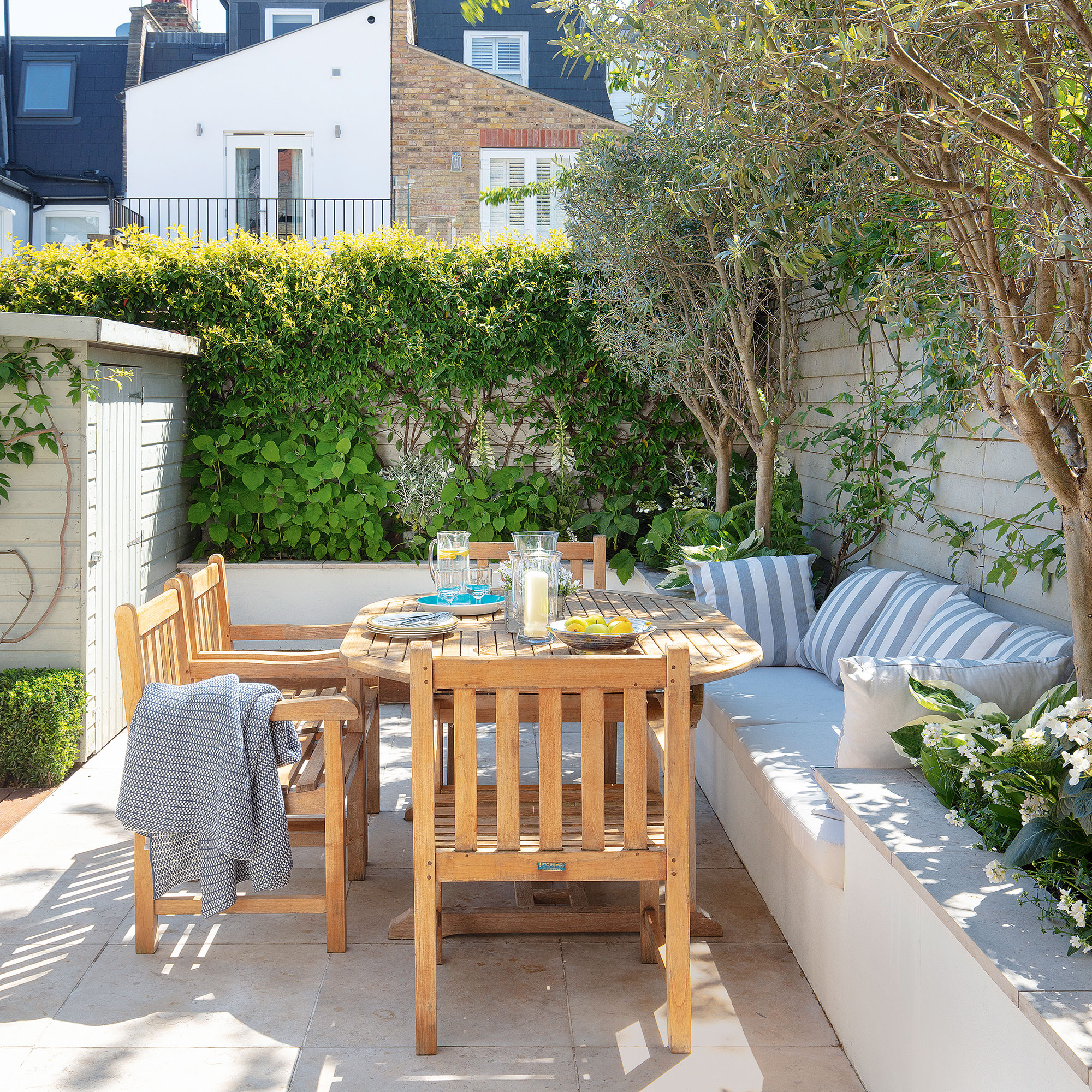
Next, you’ll need to decide which garden furniture ideas will work best for your space. As the aspect of the garden that takes up the most space, you’ll need to account for this if you want ample seating space and an area to relax. Or, you might want to keep most of the floor space free for the kids to run around and stick to simple garden table ideas instead.
Smaller gardens will benefit from furniture grouped together. 'Sofa sets are a fantastic way to create an area for relaxing that can be used as a dining area, too, if paired with a small table,' suggests Andy Baxter, managing director of Maze.
5. Pick your plants
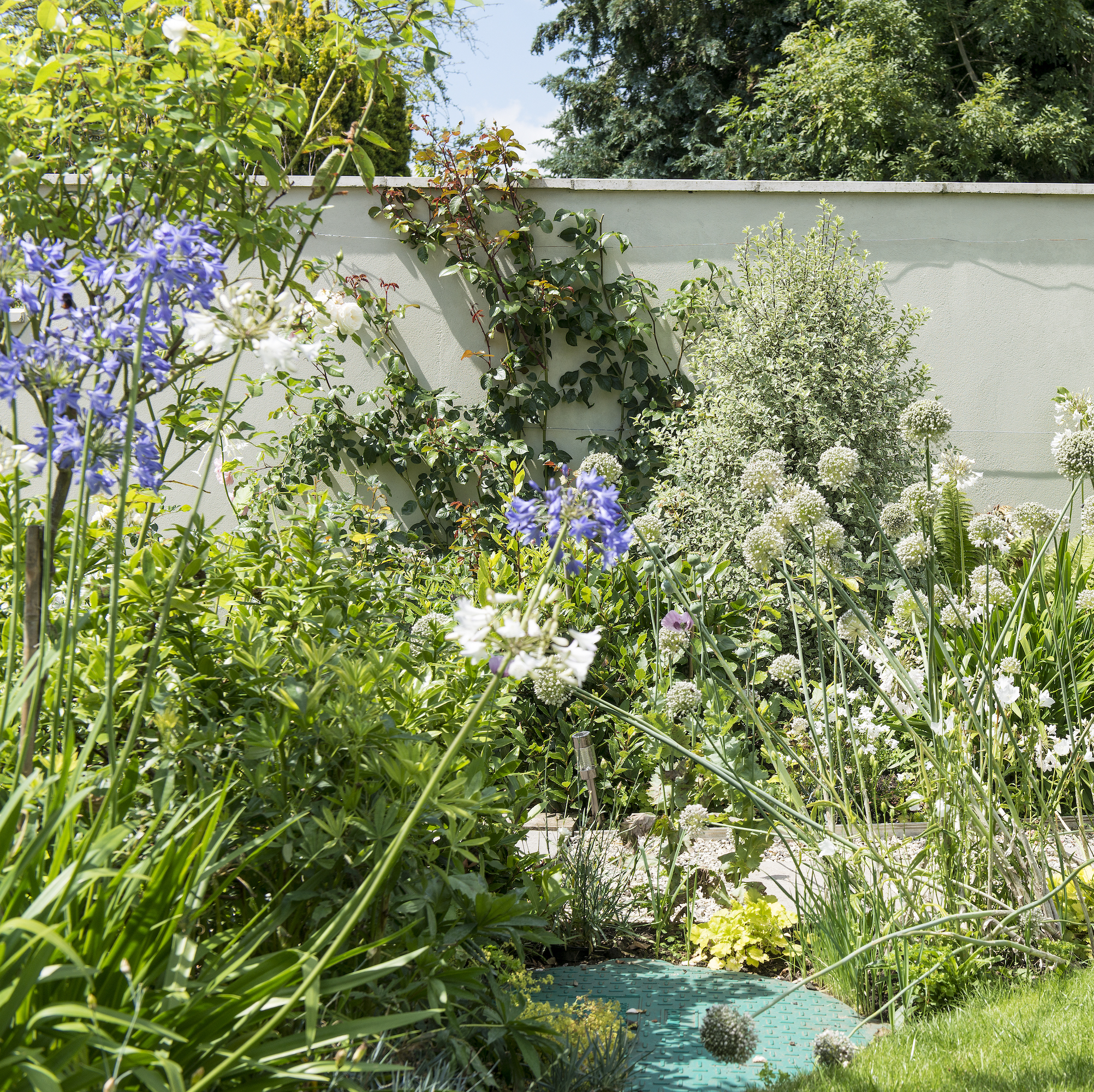
Now you've decided on your furniture and the colour scheme and layout of your small garden, it's time to fill out the remaining space with plants.
Small gardens don't have to compromise on the variety and volume of plants they display, either - utilise space that would otherwise go to waste with window boxes, hanging baskets and fast-growing climbing plants, for example.
‘The climber Trachelospermum jasminoides exudes the most delicious, sweet fragrance,’ says Tom from Sarah Raven. ‘Seasonal annuals such as nicotiana have a wonderful evening scent, too.
‘I’d recommend choosing plants with long bloom times, such as geraniums, salvias, and verbenas.’
6. Add the finishing touches
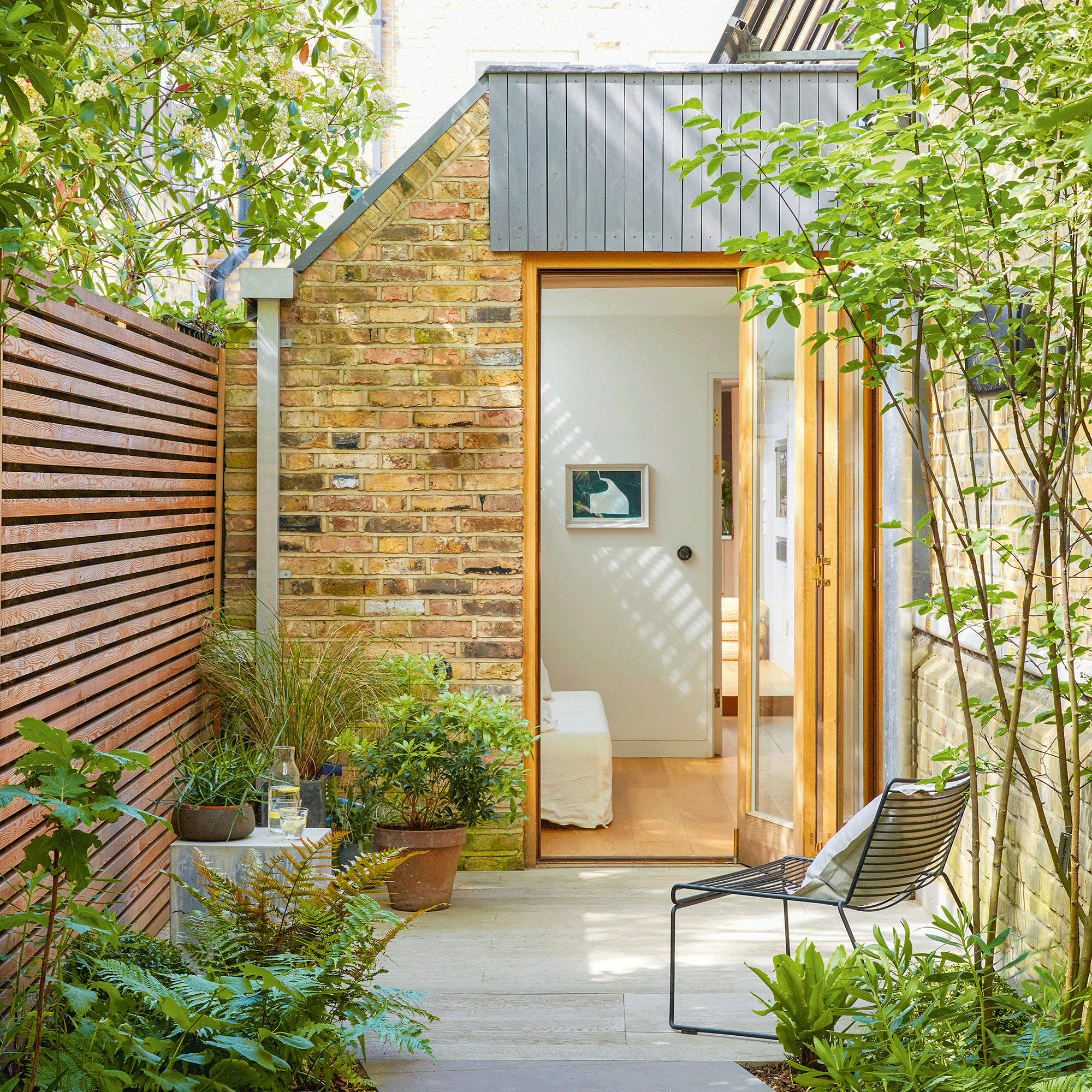
Complement any garden furniture with throw rugs and cushions to make the seating area ultra-relaxing (and create an outdoor living room in the process).
Then, finish off your garden with a few garden lighting ideas to make the space feel cosy and comforting. Any accessories you add should make the garden feel homely, but not cluttered.
'Placing oversized lanterns, woven style candle holders and collections of clay and ceramic pots can look great grouped together around seating areas to further build on the ‘inside out’ look', says Alysha from Redrow.
Another top tip is to add details you’d find indoors, such as garden mirrors, which will make your space feel even bigger.
FAQs
How do you arrange plants in a small garden?
If you have a small garden, you'll need to think outside the box when it comes to planting.
'When planting a small garden, the focus should always be on maximising space', says Josh Novell, plant expert and director of Polhill Garden Centre. 'External walls and windows are often forgotten about when it comes to gardens, but including a combination of trellis plants, climbing plants and window boxes can be a great way to add a variety of plants, colours and levels to a small garden, patio or balcony.'
Couple these tips with a few small or courtyard garden ideas and you'll be set for your best outdoor space yet.
Tamara was Ideal Home's Digital Editor before joining the Woman & Home team in 2022. She has spent the last 15 years working with the style teams at Country Homes & Interiors and Ideal Home, both now at Future PLC. It’s with these award wining interiors teams that she's honed her skills and passion for shopping, styling and writing. Tamara is always ahead of the curve when it comes to interiors trends – and is great at seeking out designer dupes on the high street.
- Katie SimsContributor
- Millie HurstSenior Content Editor
- Sophie KingGardens Editor
You must confirm your public display name before commenting
Please logout and then login again, you will then be prompted to enter your display name.
-
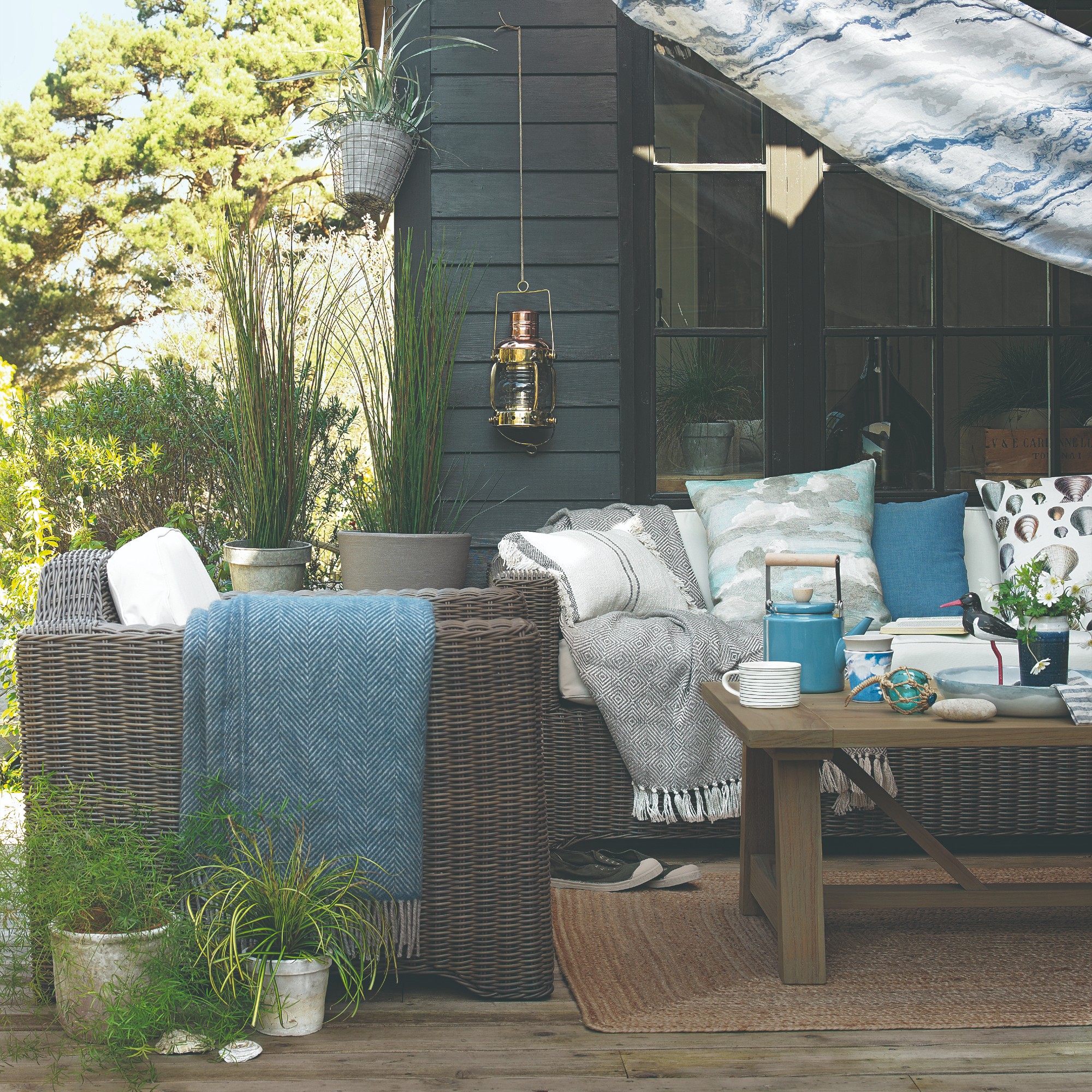 7 outdated rules to ignore when designing a small patio – experts say ditching them will transform your space
7 outdated rules to ignore when designing a small patio – experts say ditching them will transform your spaceThese are the traditional patio design rules you don’t always need to follow
By Rebecca Lawton
-
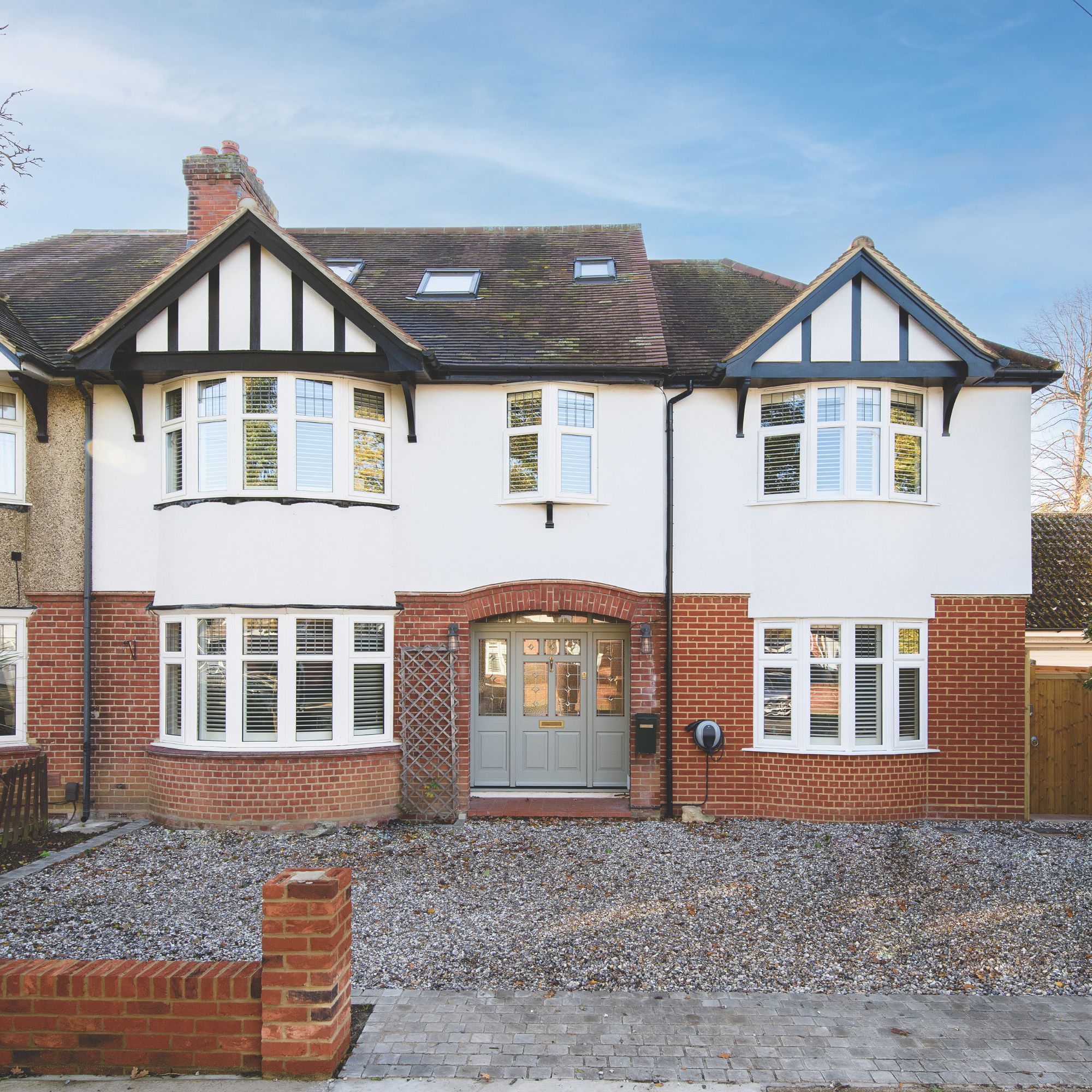 Who is responsible for repairing a party wall?
Who is responsible for repairing a party wall?How to find out who should be organising and paying for the work
By Natasha Brinsmead
-
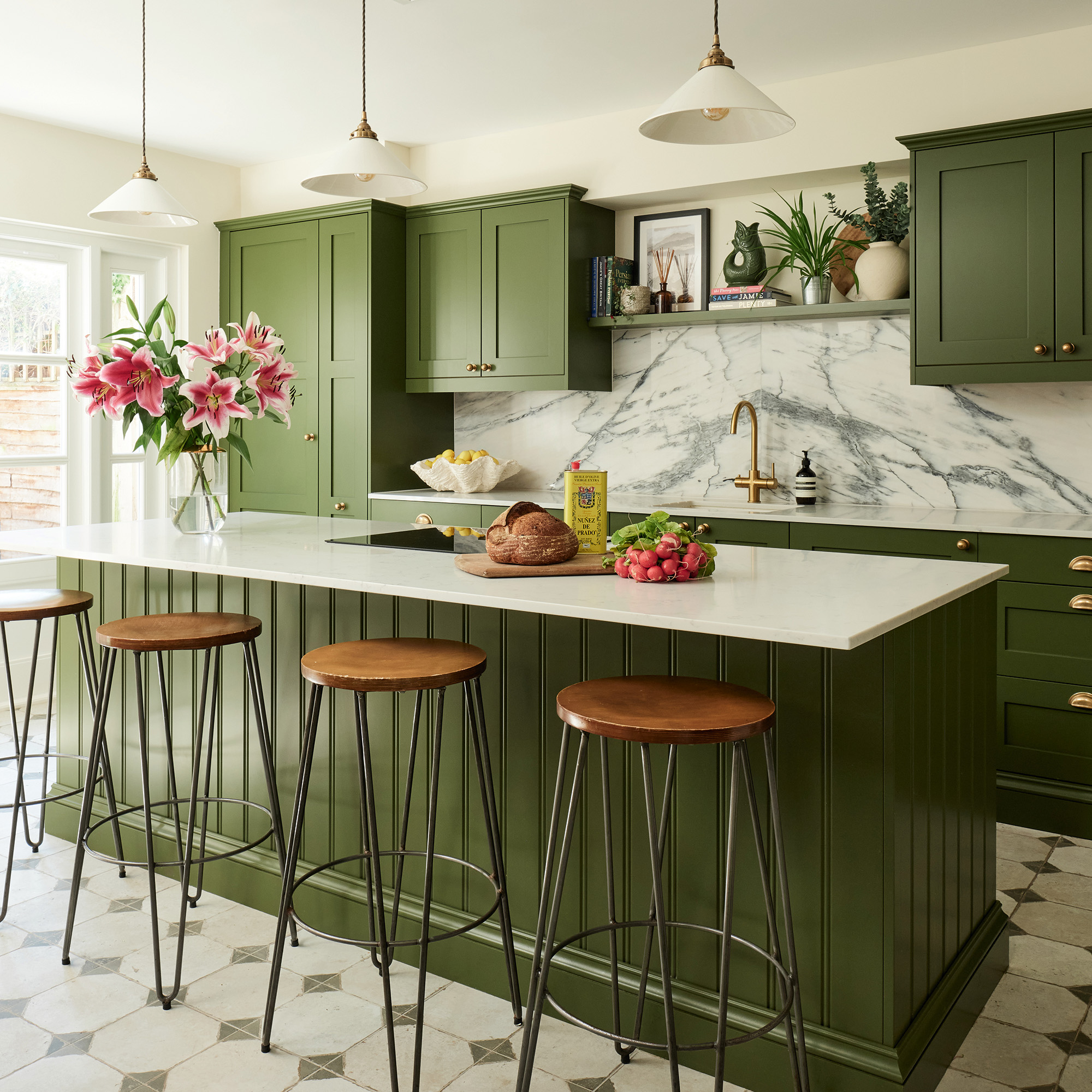 Overcoming limited space and doing away with an awkward layout, this couple created a family kitchen filled with elegant touches
Overcoming limited space and doing away with an awkward layout, this couple created a family kitchen filled with elegant touchesThe symmetrical layout is full of luxurious details
By Holly Reaney
